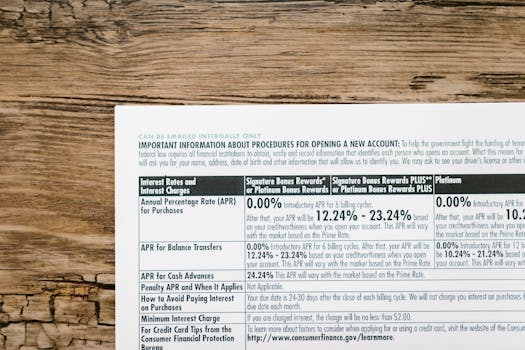Regulatory Uncertainty: Navigating EV Tax Credits and Incentives.
Tax credits and incentives can be powerful tools for encouraging the adoption of electric vehicles (EVs). As the world looks towards a more sustainable future, governments around the globe are offering financial incentives to promote the use of EVs. However, while these incentives are meant to make owning an EV more affordable, the constantly changing regulatory landscape can make it difficult for consumers to take advantage of them. In this article, we will explore the challenges and opportunities surrounding EV tax credits and incentives, and provide guidance on how to navigate through the regulatory uncertainty.
What are EV Tax Credits and Incentives?
EV tax credits are financial incentives offered by governments to encourage the purchase of electric vehicles. These credits can come in various forms, such as a reduction in income tax or a direct rebate on the purchase price. Incentives, on the other hand, are non-financial benefits offered to EV owners, such as free parking or access to bus lanes.
In the United States, the federal government offers a tax credit of up to $7,500 for the purchase of a new EV. However, this credit is subject to a number of conditions, such as the type of vehicle and the manufacturer’s production limit. State and local governments also offer their own incentives, which can further reduce the cost of an EV. For example, in California, EV owners are eligible for a $2,500 rebate, as well as access to carpool lanes.
The Benefits of EV Tax Credits and Incentives
EV tax credits and incentives have several benefits for both consumers and the environment. For consumers, these incentives can make the upfront cost of an EV more affordable, making it easier to transition to a more environmentally friendly vehicle. They can also help reduce the long-term ownership costs of an EV, as they tend to have lower fuel and maintenance costs compared to traditional vehicles.
From an environmental standpoint, EVs produce lower emissions and have a smaller carbon footprint compared to traditional gas-powered vehicles. With the growing concern over climate change, governments are increasingly using tax credits and incentives as a way to encourage consumers to make the switch to EVs.
The Challenges of Navigating EV Tax Credits and Incentives
One of the biggest challenges of utilizing EV tax credits and incentives is the constantly changing regulatory landscape. As governments strive to meet their environmental targets, they may introduce new incentives or change existing ones. This constant change can make it difficult for consumers to understand which incentives they are eligible for and how to take advantage of them.
Another challenge is the limited availability of incentives. As more consumers switch to EVs, incentives may reach their maximum limit, leaving some potential buyers unable to take advantage of them. This can be especially frustrating for those who have planned their purchase around these incentives.
How to Navigate Through the Uncertainty
Despite the challenges, there are steps that consumers can take to navigate through the regulatory uncertainty and make the most out of EV tax credits and incentives. The first step is to research and stay informed. Keep up-to-date with the latest incentives and changes in regulations by regularly checking government websites and news sources. Also, consider reaching out to EV manufacturers or dealerships to inquire about current incentives.
It’s also important to plan for the possibility of changes in incentives. For example, if a state is close to reaching its incentive limit, it may be worth considering purchasing an EV sooner rather than later. Additionally, be prepared to provide any necessary documentation or proof of eligibility when applying for incentives.
Conclusion
EV tax credits and incentives are a powerful tool for promoting the use of electric vehicles. They not only make owning an EV more affordable for consumers, but also contribute to a cleaner and more sustainable future. However, navigating through the constantly changing regulatory landscape can be a challenge. By staying informed and planning ahead, consumers can take advantage of the available incentives and help accelerate the transition to a greener transportation system.










